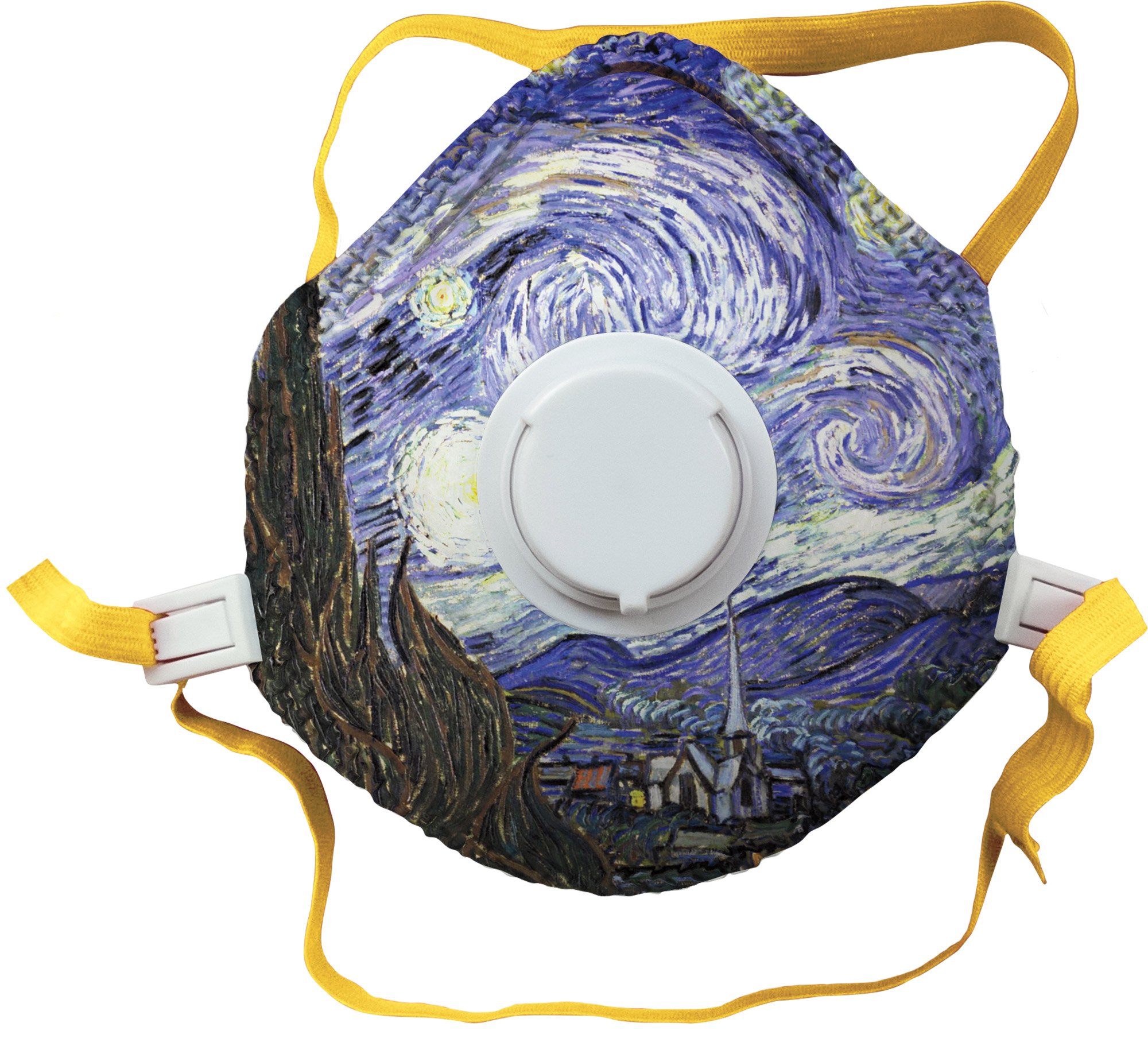
Along with smoke,
wildfires bring
added stress
Along with smoke,
wildfires bring
added stress
Along with smoke, wildfires bring added stress
By Julie Davidow | September 2019
When the smoke arrived in the Methow Valley during the summer of 2018, Kelly Edwards started counting. For 45 days, the foothills around Twisp, which she can typically see clearly from her living room window, disappeared into the haze.
Smoke from wildfires in British Columbia and nearby settled in the Methow for much of July and August 2018, subjecting the valley’s 5,700 residents to an unrelenting stretch of raining ash and unhealthy air. “It creates a feeling of being trapped,” says Edwards, director of community engagement for the UW Center for Exposures, Diseases, Genomics and Environment.
As the days mounted, Edwards’ stress compounded. She grew frustrated with daily warnings from health officials to stay inside and wear a face mask. The masks filter out tiny particles in wildfire smoke that can trigger asthma attacks and other respiratory problems, especially in children, the elderly and anyone who is already sick. Watery, irritated eyes, scratchy throats, nausea, coughing and wheezing are all symptoms of inhaling thick smoke.
With its dry summers and abundance of fuel from forests and grasses, the Methow Valley has always been wildfire country. But in the last five years, those fires have grown larger and lasted longer. Experts say climate change is contributing to the ferocity of fire season across the West by extending the warmer, drier months when fire-prone areas are likely to erupt in flames.
Clearing brush, planning for evacuations, staying home and wearing masks—it’s all good advice, Edwards thought. But it doesn’t acknowledge the emotional burden of living with looming danger for months at a time. “We’re not built for that chronic threat,” says Edwards, ’95, ’00.
Working with mental and public-health experts locally and at the UW, Edwards encouraged residents to talk about how they were coping. Feeling isolated, housebound and at constant risk ranked high in their responses. “How do we make it feel less like an apocalypse around here,” Edwards asked herself. “Let’s get together and laugh. Let’s get together and play.”
Something as simple as inviting people to decorate and draw on their masks at the popular Twisp Farmers Market on Saturday mornings lightened the mood around an otherwise ominous and uncomfortable smoky day accessory. The idea came from Edwards’ teenage stepdaughters, who had turned their masks into works of art.